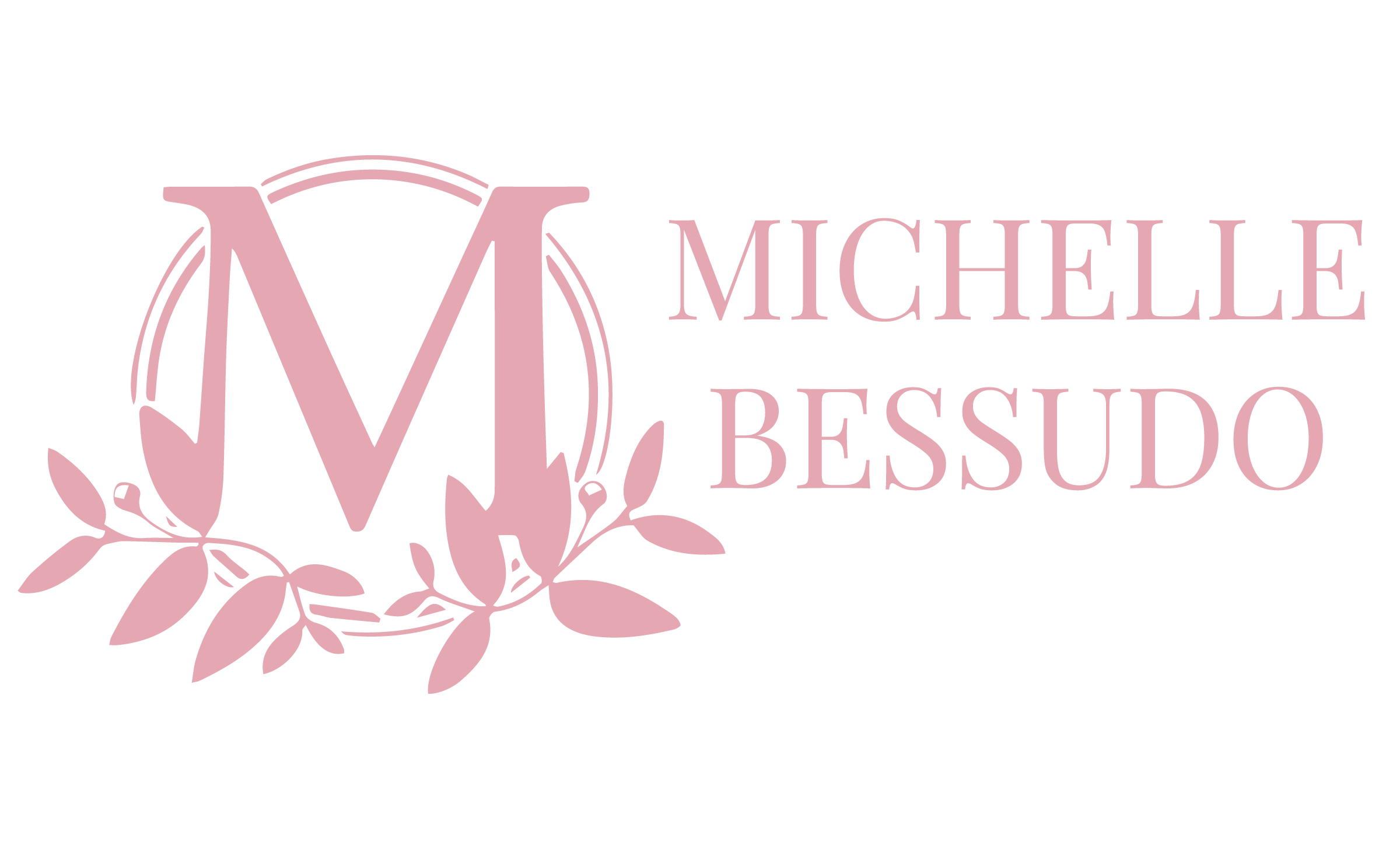Lavender Beignets filled with fig preserves
Pillowy and elegant little doughnut squares infused with lavender, coated with lavender vanilla sugar and filled with delicious fig jam. From now on this will probably be the only beignet recipe I will ever make.
But I wasn’t always a doughnut lover.
My brothers have always been huge doughnut fans, me, on the other hand, had remained somewhat unconvinced. I had normally found them to be lacking in that pizzazz that other desserts have, and asked myself why would anybody go out to get a doughnut when they could get a cookie instead?
That was until now.
A few weeks ago I started thinking about Pancake Tuesday and all the traditions around it.
I don’t why I have been obsessing over it for a while. I don’t know if it’s because I really love King Cake and the idea of having it after Epiphany – January 6 – like in New Orleans, really resonated with me. As a Spaniard, I would have never thought to have it past the 7th of January.
By the way, if King Cake is your jam, check out this blog post.
So naturally, being the nerd that I am, I started researching Pancake Tuesday and all the traditions that revolve around it, especially of the gastronomical kind.
I thought about making pancakes, but first I thought I was being very uninventive, and then I questioned myself if the world really needed another pancake recipe.
Although I did inherit my grandmother’s pancake recipe, which makes hands down the fluffiest pancakes ever. Seriously they’re like biting into maple syrup drench clouds they’re so good.
Ok, fine. I might share it as well, but not today.
I also checked out waffles, Poffertjes (tiny Dutch pancake balls), Dutch babies, and then while figuring it all out, my Instagram friend Eva from @gingerbychoice mentioned she was making Krapfen, German doughnuts. I had an AHA moment.
BEIGNETS! It kind of stuck with me. I thought about it for a couple of days. I don’t know why they were glued to my mind, but they were. And for good reason. Because they turned out DELICIOUS.
If I could explain the smell of those delicious fresh beignets sitting on my counter top wafting through my kitchen I would, but I think I just wouldn’t do it any justice. All I can say is that that sweet vanilla-lavender-fresh-dough and fig smell is intoxicating.
Why lavender? Well just because I am really a sucker for anything lavender. I also stuffed them with fig preserves, because I also happen to love fig in any shape or form, because figs pair beautifully with lavender.
But who am I kidding, I actually went for fig preserve because I had a ton of it. You see, a couple of days ago I was making fig preserves, lots of it because I'm making little jam pots to pass out to guests as a party favor for our wedding. A win-win-win situation if you will.
So lavender & fig beignets it was. And like I said, they are a perfect treat for Shrove Tuesday, also known as Mardi Gras, Fat Tuesday or Carnival.
But where does the beignet/pancake tradition come from and what the heck does Shrove mean?
Well, shrove derives from the verb shrive – to present oneself to a priest for confession, penance, and absolution.
During the Middle Ages, all Christians were expected to do so on the day before Ash Wednesday. A day which marks the day of the beginning of Lent, and therefore the Lenten Fast.
Contrary to popular belief, food during the Middle Ages was not only comprised of flavorless gruel plated on a wooden dish and eaten with a wooden spoon. Food was a central part of life, as it has always been and always will be.
But as crucial as feasting and enjoying food was, so was fasting and abstinence, and between these last two they took up almost 35% percent of the year. Many were the foods that were forbidden during Lent (and other penance times). The idea behind it was to induce one to self-reflect.
But not keen on self-reflection over a pot of gruel, people began becoming exceptionally creative when cooking. A bit like not feeling like they were missing out on the forbidden, or at least frowned upon foods.
It’s when almond and an array of nut-milks were invented. Fish was also cleverly disguised as poultry, and all sorts of meat substitutes exploded on the scene. Yup, tell that to your vegan friend. Most dishes that seem like a vegan novelty today are actually medieval.
But Shrove Tuesday was the last day to enjoy all dairy, eggs, meats, and sweets. Housewives got creative and would make one last wonderful meal with all the foods that would be banned for the 40 days of Lent.
As a side note, that 40-day duration was a way of commemorating the 40 days Jesus spent in the desert fasting, according to the Gospels of Matthew, Mark, and Luke.
The Latin word for Lent is Quadragesima, or fortieth. That word evolved into Cuaresma in Spanish, Carême in French, Quaresima in Italian and Quaresma in Portuguese. You get my drift. Lent on the other hand derives from an Old English word akin to lengthen as it is in fact what happens to daylight as the period progresses.
I digress.
But on Shrove Tuesday all was game. People feasted, drank and were generally merry. Carnivals started popping up especially in the more Mediterranean countries. By the way, the word Carnival comes from the vulgar Latin carnem-levare, which means to take away meat.
This got a bit out of hand especially in places like Venice. So instead of having your neighbor judge you by what you did while you were drunk at Carnival people opted for the easier road. Wear masks.
Doughnuts, fritters, and pancakes were sold on stalls and passersby would gobble them up while they still could and wash them down with a pint or so of ale.
It is possible that no-one in Rio knows the true origin of Carnivals, but now you know how it relates to fasting and doughnuts.
And without further ado, I present you my lavender beignets.

Lavender beignets filled with fig preserves
Pillowy and elegant little doughnut squares infused with lavender, coated with lavender vanilla sugar and filled with delicious fig jam.
ingredients:
- 2 cups all-purpose flour
- 3 tablespoons sugar
- 1 teaspoon salt
- 1 1/2 teaspoons rapid rise yeast
- 2 large eggs
- 2 tsp vanilla
- 1/3 cup warm milk
- 3 tablespoons dried lavender
- 4 tablespoons unsalted butter, at room temperature
- Abundant oil for frying
- 2 packets vanilla sugar
- 1 tbsp dried lavender
- 1/2 cup fine sugar
- 1/4 cup fig preserve
instructions:
- Heat milk with 3 tbsp dried lavender and let it steep for a few minutes, strain and add vanilla
- Add the flour, sugar, salt, yeast, eggs, butter, vanilla, and milk in a standing mixer bowl and knead on medium speed with a hook attachment for 15 min. Don't skimp on the time, you are trying to develop enough gluten strands to get lovely pillowy doughnuts.
- Place the dough in a lightly oiled bowl covered with plastic in a warm place and let it rest for about 1.5 hours or until doubled in size.
- Punch out the air in the dough.
- Roll out dough with a rolling pin into a rectangle that is roughly 2.5 cm thick (1 in). Cut 16 even sized rectangles. Mine were 5 x 7 cm (approximately 2 x 3 inches)
- Line a baking sheet with parchment paper and dust with flour, place beignets on the baking sheet and let them rest until they doubled in size.
- In a bowl, add vanilla sugar, 1/2 cup sugar, and crushed dried lavender flowers.
- Place abundant oil for frying in a medium-sized pot over medium heat. Once the oil is hot, carefully drop doughnut into it making sure to slide them away from you. Allow for them enough space to float around, don't overcrowd the pot.
- Fry the beignets until golden brown on one side then carefully flip them over. Drain the doughnuts on a plate lined with a paper towel and then toss them in the sugar mixture.
- Once the doughnuts have cooled enough to handle, use a paring knife to cut open a hole in the “seam”.
- Fill a pastry bag with a large round tip with fig preserve. And fill each doughnut.
- Enjoy!
Tag @michellebessudo on Instagram and hashtag it #michellebessudo so I can share it with the world!









